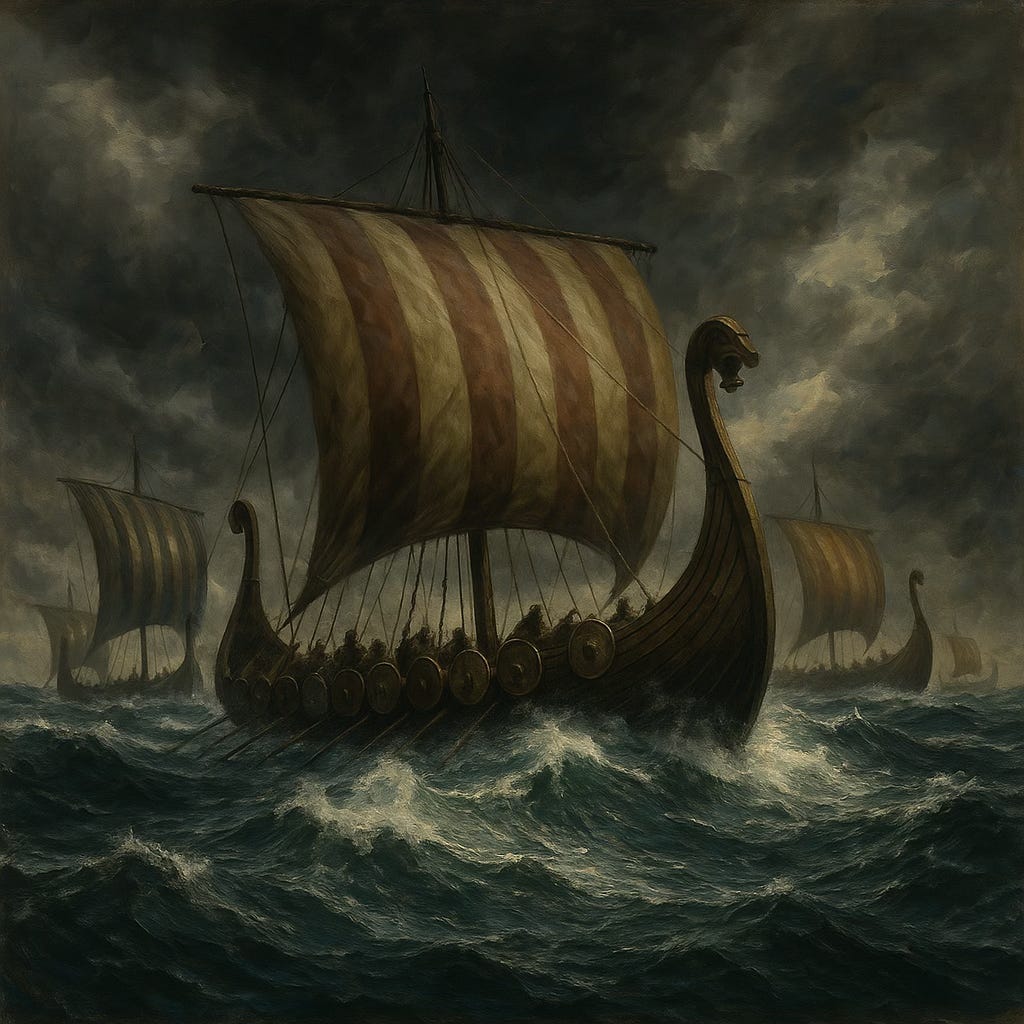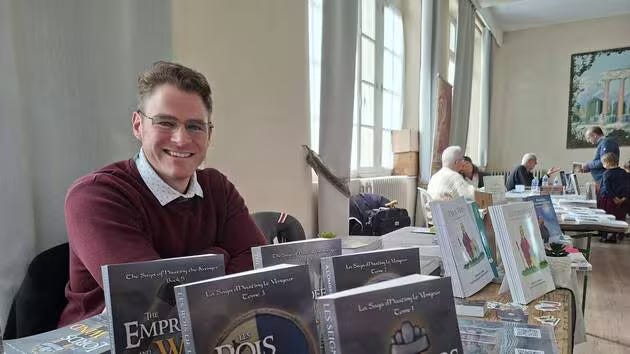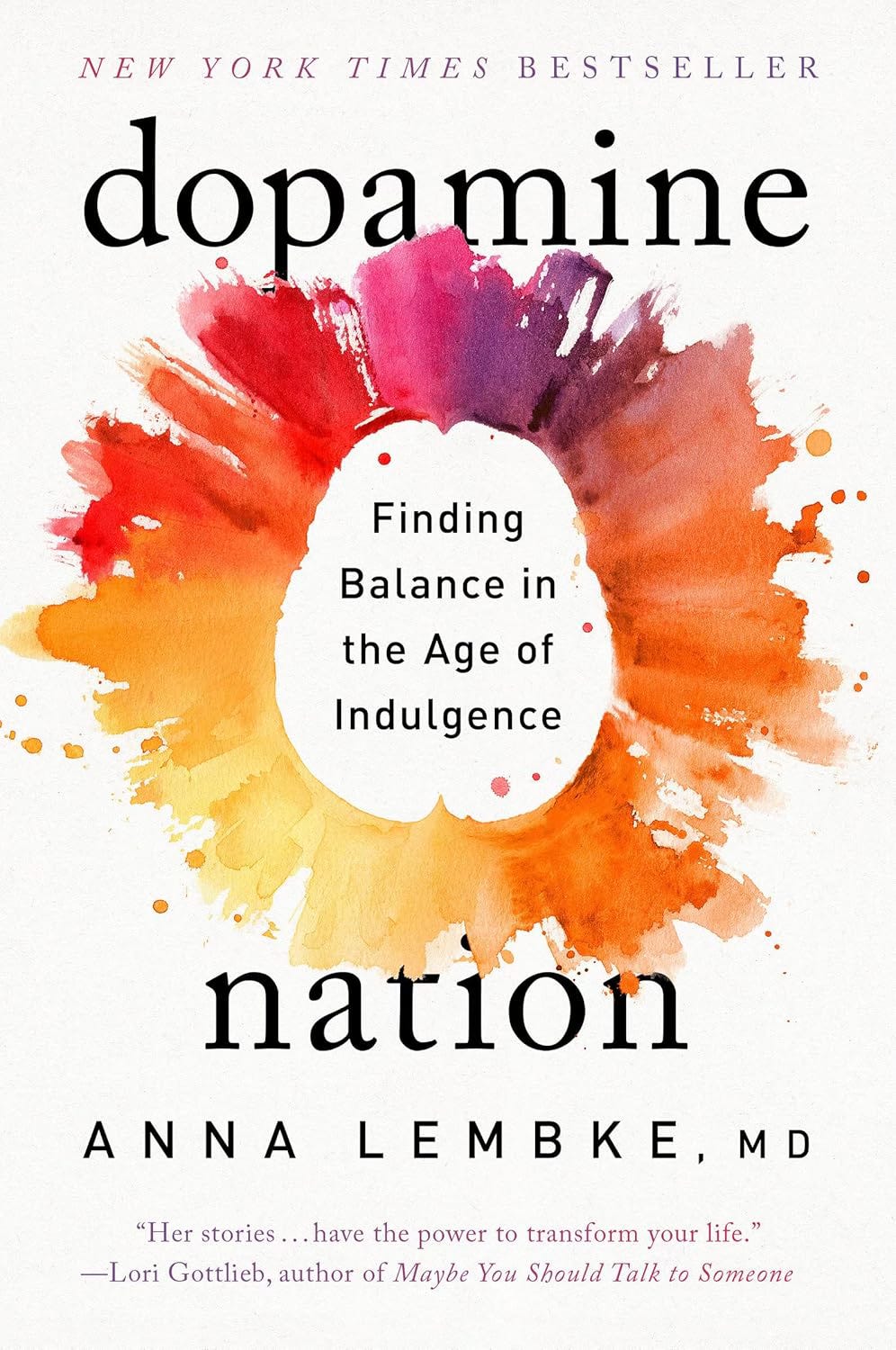What can we learn from the Vikings that will help us today?
On lessons from the Viking Age | C.J. Adrien in Ouest France
Welcome to the newsletter where history, storytelling, and inspiration meet. Every week, I share some of the fun historical research I’ve done while writing my novels, writing reflections (and sometimes tips), and sharing updates on my work and journey. If you were forwarded this message, you can join the weekly newsletter here.
Today’s Dispatch
Viking History: What can the Vikings teach us that can help us today?
Author Update: C.J. Adrien is featured in Ouest France! Again!
This week’s book recommendation.
Viking History
What can the Vikings teach us that will help us with our problems today?
Last week, I had the pleasure of attending a book fair at the Château de la Flocellière, where a journalist interviewed me for France’s largest newspaper, Ouest France. While the interview meandered in subject matter, the journalist posed a question at the end that gave me pause: What can we learn from the Vikings that will help us address our problems today? I could have taken my answer in several directions, such as developing critical thinking skills, understanding the progression of Western civilization, or the intrinsic pleasure of learning about a far-off time and place. My off-the-cuff answer? For me, they teach us (and indeed all historical peoples do) that our greatest obstacles today stem from the fact that we’re too comfortable and not grateful enough for it.
My Vikingology co-host, Terri, and I have tackled a related question: whether we would have liked to live in the Viking Age. Our answer—and we both agree—is an emphatic no. We enjoy our hot showers, access to modern medicine, and having survived childhood. We live today in the most privileged time in all of human history. Never before have so many people lived so long, so healthily, and so well as right here and right now (assuming you live in an industrialised nation). Childhood mortality has been so low and for so long that exceedingly few people alive today can recall any differently. It’s such an alien experience that many people have fallen for the false narratives that vaccines are a nefarious conspiracy meant to harm children. Mothers from all time periods outside the modern era, including the Viking Age, would have given anything for a medicine to prevent their children from dying from the myriad diseases vaccines now prevent.
And herein lies the crux of my answer to the journalist: what I take away from studying the Viking Age is that most, if not all, of our modern problems are essentially problems of our own making. We have it too easy. So easy, in fact, that our physiology, designed to endure the hardships of subsistence and survival in an unpredictable and unforgiving world, is working against us.
I’ve often asked aloud, “Is anyone else bothered that we’re destroying the planet so we can all be fat, sick, and miserable?” It’s a question that stems from my observation that our lives, filled with abundance and excess, have become unmanageable, and for no good reason. We’re anxious, depressed, and angry, not because our lives are hard—a Viking’s life was objectively hard—but because our lives are too easy. That has made us self-centered, self-seeking, selfish, fearful, inconsiderate, angry, and overall maladapted to a world where our every need is accessible to us at the push of a touchscreen button.
These traits are also making us less social. The so-called loneliness epidemic we’re living in is none other than the luxury of not having to cooperate with people we don’t agree with. What a privilege to be able to self-isolate! In the Viking Age, those traits would have risked our expulsion from our community, and exile was a death sentence. Community was life.
A recent book by Dr. Anna Lembke, called Dopamine Nation, has done much to bring this issue to light. Her central argument is that our brains evolved to balance pleasure and pain in a world of scarcity. Our reward circuits are designed to help us overcome starvation, being eaten, and to compete for scarce mating opportunities. In today’s society, our brains are overwhelmed by abundant sources of pleasure, from drugs to food to sex to myriad others.
Dr. Lembke describes the issue using what she calls “The gremlin theory of addiction.” She likens our reward pathways to a teeter-totter. On one side, we have pleasure gremlins, and on the other side, pain gremlins. When we seek out pleasures, it tilts the teeter-totter, and so the brain has to add more gremlins to the pain side to balance it out. But, remove the sources of pleasure, and the balance tilts back toward pain. And voilà! The brain makes us miserable to counterbalance all the pleasure. I’ll let her explain in more detail below:
The Viking Age—and I’ll focus on the Viking Age, even though what I have to say applies to most historical periods—was one of subsistence. Viking Age Scandinavians didn’t ‘betake themselves a-Viking’ because they thought it would be a fun adventure. They did it because the alternative was death. Every day was a struggle for survival. I’ve often said that Vikings were opportunists in the extreme (which I borrowed from Terri). They couldn’t go to the grocery store to top up on yogurt and ice cream. There were no doctors to treat their kidney stones. Recent studies have shown that their oral health was likely terrible. A majority of children died before adulthood. And to top it all off, even if you survived the day-to-day, there was a persistent threat that someone nearby might run out of food and come to take yours by force.
Dr. Lembke’s solution, and it’s one that I embrace, is deliberate exposure to pain and abstinence from (some) pleasures to balance out our dopamine reward system. This can take many forms, including abstaining from vices, engaging in regular exercise, fasting, and exposure to heat or cold, among others. They’re not a cure, per se, but a start to help regulate the body’s natural reward system.
Putting the effects of excess and abundance on the individual aside, there’s also the effect of a collective of people who all feel miserable. We see it today in our political discourse. The people who represent us feed into the anxiety, anger, and sadness of their constituents to great advantage. Their vitriol further enflames the discontent of the masses, and in a vicious feedback loop, misery continues to escalate.
Climate change. Authoritarianism. Disparity of wealth. War. On the surface, they seem insurmountable because we can’t seem to get along. But the ability to focus on these problems at all is a tremendous privilege in and of itself. In the Viking Age, people didn’t have the luxury of worrying about anything except their next meal and whether one of their children was going to die from a fever that night.
I am grateful to be alive today. And gratitude is the main lesson here, I believe. How terribly lucky that the people I love don’t have to die of plague, that we don’t have to fear being burned alive in our house tonight, that we have a grocery store for food, hot showers, interior plumbing, clean water, electricity, and books and movies! And how lucky that I don’t have to sail weeks on end on an open-decked longship across frigid seas just so I can scrounge enough silver together to get married! There’s an app for that now!
I’m grateful I don’t have to kill anyone just to survive.
It’s so easy to get swept up in the news and rage-baiting of the algorithms, to spiral on the state of the world, and to reach for that next dopamine hit like a baby crying for a baba to make it all better. Because we have it so good, we are all waiting for the other shoe to drop, and we’re all looking for that other shoe. That makes it harder to work together, to meet halfway in arguments, to compromise, and to otherwise keep this beautiful, perfectly imperfect wonder of a world we’ve created moving forward. I believe that a good dose of gratitude, acceptance, and exercise can go a long way in calming our minds and, perhaps, bringing us back to sanity.
To me, studying the Viking Age and being constantly reminded of their struggles gives me another perspective to frame my own challenges properly and reminds me to practice gratitude for my good fortune of living in our time, to stay focused on the here and now that I can control, and to remember that no matter what problems I face in this age of ease, they pale in comparison to the people who left home to rove. If those people (the Vikings) could make it work, then so can I.
Author Update
Featured in Ouest France!
I had the privilege of being featured in Ouest France for the second time in as many months. My day at the Château de la Flocellière was excellent. I met many wonderful people. Thank you to Dominique Théard for organizing the whole thing!
Book Recommendations
Dopamine Nation
Blurb:
This book is about pleasure. It’s also about pain. Most important, it’s about how to find the delicate balance between the two, and why now more than ever finding balance is essential. We’re living in a time of unprecedented access to high-reward, high-dopamine stimuli: drugs, food, news, gambling, shopping, gaming, texting, sexting, Facebooking, Instagramming, YouTubing, tweeting . . . The increased numbers, variety, and potency is staggering. The smartphone is the modern-day hypodermic needle, delivering digital dopamine 24/7 for a wired generation. As such we’ve all become vulnerable to compulsive overconsumption.
In Dopamine Nation, Dr. Anna Lembke, psychiatrist and author, explores the exciting new scientific discoveries that explain why the relentless pursuit of pleasure leads to pain . . . and what to do about it. Condensing complex neuroscience into easy-to-understand metaphors, Lembke illustrates how finding contentment and connectedness means keeping dopamine in check. The lived experiences of her patients are the gripping fabric of her narrative. Their riveting stories of suffering and redemption give us all hope for managing our consumption and transforming our lives. In essence, Dopamine Nation shows that the secret to finding balance is combining the science of desire with the wisdom of recovery.







Love this. I'm grateful for you, my friend. In addition to gratitude, I would add we need a dose of humility. Seems sorely lacking these days.